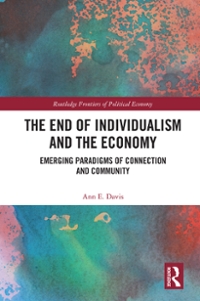Question
Jim is a farmer who produces organic tomatoes and conventional corn. The direct growing costs of organic tomatoes and traditional corn are given by OQ2)
Jim is a farmer who produces organic tomatoes and conventional corn. The direct growing costs of organic tomatoes and traditional corn are given by OQ2) and CQ2C. In order to have his tomatoes certified as organic, the US Department of Agriculture requires that Jim plant a "buffer zone" (such as a line of trees or grass) between the organic tomatoes and the corn to ensure no pesticides from the cornfields accidentally contaminates the organic tomatoes. Thus in addition to the direct costs of growing the crops mentioned above, firm must pay QOQC in the buffer construction costs (O>C>0, >0)
1) Write Jim's total cost function as a function of QO,QC,C,O,B assuming demand for corn does not change.
2) Does this cost function exhibit economies of scope or diseconomies of scope?
3) Suppose that Jim is producing a positive number of both organic tomatoes and conventional ears of corn when the demand for organic tomatoes increases after Oprah talks about how much better organic tomatoes taste than regular tomatoes. How does this affect the quantities of tomatoes and corn Jim chooses to produce? (Assume demands for and supplies of both goods are neither perfectly elastic nor perfectly inelastic.)
Jim will produce.....
A...more tomatoes and the same amount of corn
B...more tomatoes, but the effect on corn production is ambiguous
C...more tomatoes and more corn
D...more tomatoes and less corn
Step by Step Solution
There are 3 Steps involved in it
Step: 1

Get Instant Access to Expert-Tailored Solutions
See step-by-step solutions with expert insights and AI powered tools for academic success
Step: 2

Step: 3

Ace Your Homework with AI
Get the answers you need in no time with our AI-driven, step-by-step assistance
Get Started


